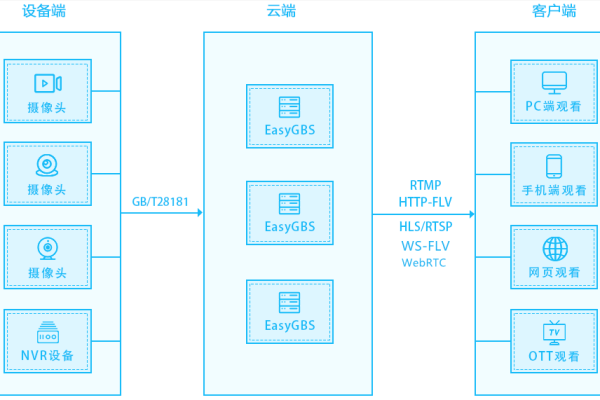python的type函数用法
- 行业动态
- 2024-03-07
- 2
在Python中,type()函数是一个非常有用的内置函数,它用于获取对象的类型,在编程过程中,了解变量的类型对于编写正确的代码和处理数据至关重要,本文将详细介绍type()函数的用法,并通过实例来加深理解。
type()函数的基本用法
type()函数接受一个参数,即需要查询类型的对象,然后返回该对象的类型。
num = 123
print(type(num)) # 输出:<class 'int'>
str_var = "Hello, World!"
print(type(str_var)) # 输出:<class 'str'>
list_var = [1, 2, 3]
print(type(list_var)) # 输出:<class 'list'>
type()函数与isinstance()函数的区别
type()函数和isinstance()函数都可以用来检查对象的类型,但它们之间有一些区别:
1、type()函数直接返回对象的类型,而isinstance()函数则检查对象是否为指定类型的实例。

2、isinstance()函数可以处理继承关系,即如果子类对象传递给isinstance()函数,它将返回True,而type()函数则只返回对象的确切类型。
class Animal:
pass
class Dog(Animal):
pass
dog = Dog()
print(type(dog)) # 输出:<class '__main__.Dog'>
print(isinstance(dog, Dog)) # 输出:True
print(isinstance(dog, Animal)) # 输出:True
type()函数的高级用法
除了基本用法外,type()函数还可以与其他函数结合使用,以实现更复杂的功能。
1、使用type()函数创建自定义类型
在Python中,可以使用type()函数动态地创建新的类型,这可以通过传递三个参数来实现:类名、基类元组和类字典。

创建一个名为Person的新类,该类具有一个名为greet的方法:
def greet(self):
print("Hello, my name is", self.name)
Person = type("Person", (), {"name": "John", "greet": greet})
person = Person()
person.greet() # 输出:Hello, my name is John
2、使用type()函数进行元编程
type()函数还可用于元编程,即在运行时动态地修改或创建类和对象,这在某些情况下可能非常有用,例如在创建插件系统或实现某些设计模式时。
创建一个函数,该函数接受一个类作为参数,并为其添加一个新的方法:

def add_method(cls):
def new_method(self):
print("This is a new method")
setattr(cls, "new_method", new_method)
return cls
@add_method
class MyClass:
pass
obj = MyClass()
obj.new_method() # 输出:This is a new method
本文详细介绍了Python中type()函数的基本用法、与isinstance()函数的区别以及一些高级用法,通过实例演示了如何使用type()函数获取对象的类型、创建自定义类型以及进行元编程,希望这些内容能帮助你更好地理解和使用type()函数。











